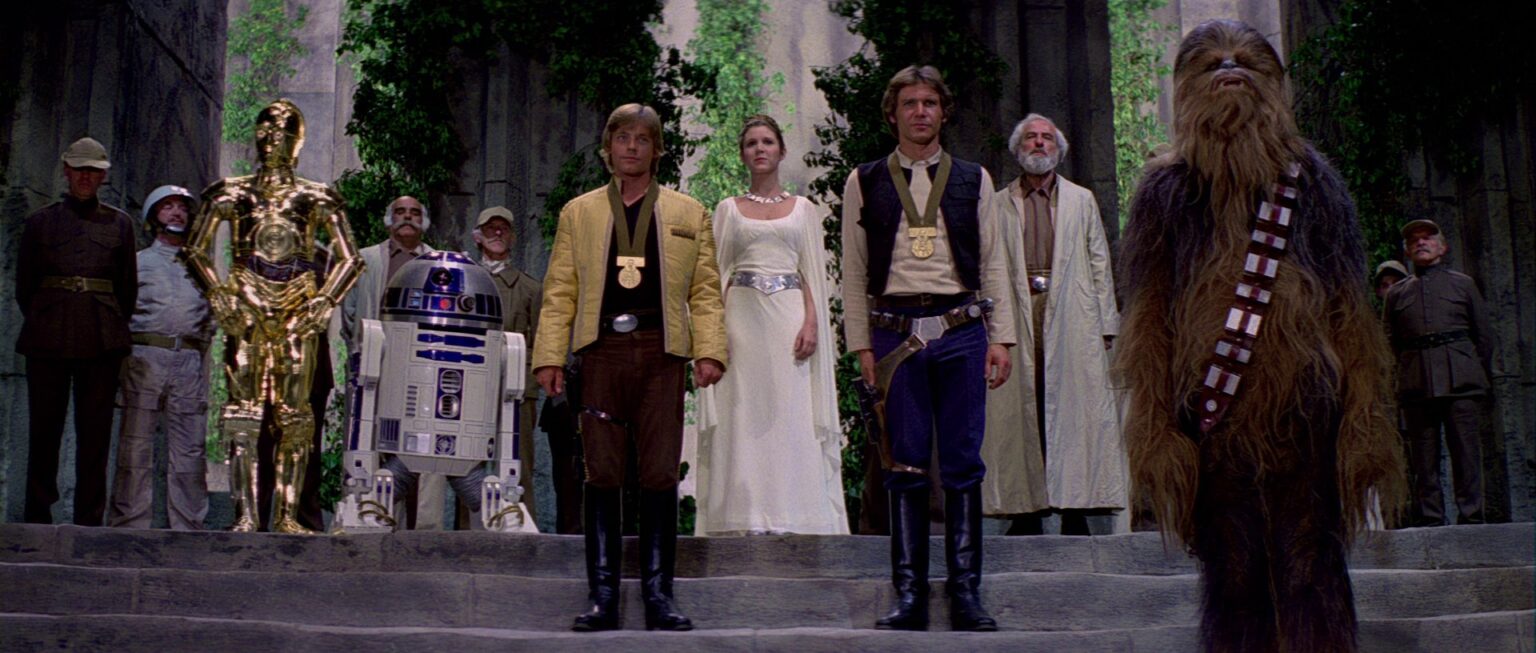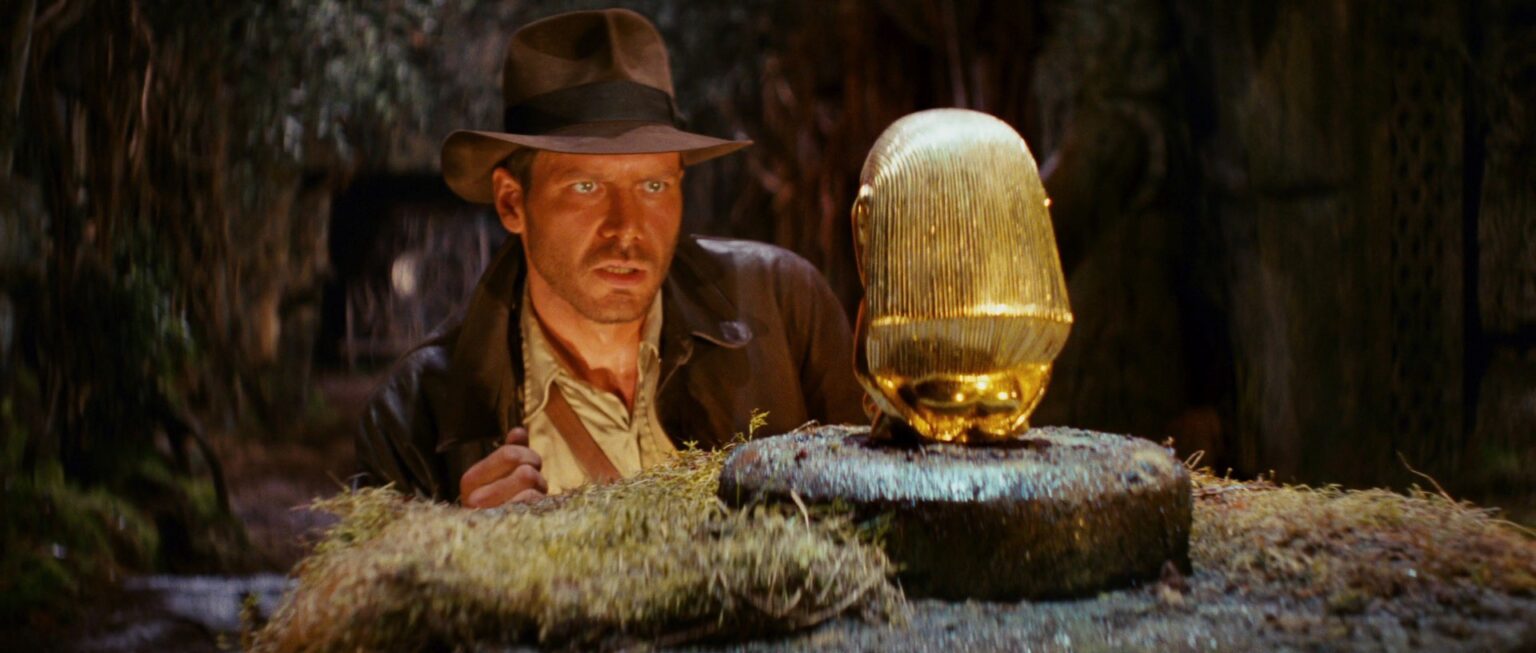Zombos’ Closet
Welcome to Zombos’ Closet, a rather dark and cloying place, filled with untold treasures and just plain lousy stuff that Zombos keeps stuffing into it. I am Iloz Zoc (just IL to my friends), full-time and long suffering valet to Zombos. You remember Zombos, don’t you? A grade B actor in numerous grade C horror films, most of which are forgotten by his few remaining and decaying fans. He is such an aging dilettante; always looking backward, while reluctantly moving forward into the new age of horror on screen and in print. He pines for the old, less gory days, but secretly enjoys those zombies and slashers, and the occasional science fiction or fantasy tidbit. And I, his patient and understanding servant, am charged with finding more and more room in his immense closet to accommodate his passions of the moment. And then there is Zimba, Zombos’ dark mistress of the sonnets. She hates horror with a passion, and his acquisitions even more. So many nights have I waited until she falls into her undead sleep, to slip into the dark hallways of the mansion on tiptoe, precariously balancing those acquisitions oh so quietly past her door, trying desperately not to wake the unholy beast within. It was bad enough that Zombos had to give up the hearse for a mini-van after they were married, but give up his treasures, never!
But you, dear reader, will find something of interest, I’m sure…we’ve been hear since 2006, patiently waiting for you.
Okay, sure, my closet, to be precise, is pretty well stuffed, too.
So many horrors, so little time to be terrified; frightful, isn’t it?
As a horror fan starting in the 1960s, I grew up in Brooklyn with three theaters in walking distance (the Loew’s Oriental and the Benson on 86th Street were my favorites). Many weekends and many nights were spent watching horror and sci fi movies (my mom would take me to the horror movies, and my dad took me to the sci fi ones). My first true scare was watching Night of the Living Dead (I was way too young for that!). My fondest memories are watching all those wonderfully good (and some frightfully awful) movies on my local NYC channels , hosted by either Zacherley or the Creep, and eating way too much sugar-loaded cereal on Saturday mornings while I watched Scooby Doo, The Monster Squad, and Groovie Ghoulies.
So you can see how I’d turn into a horror fan with a blog. Scary, isn’t it?
From the old to the new in horror movies in reviews and views, here and there you will also meet up with these curious characters in those reviews, along with their sundry adventures. Chalk it up to the cheeky writer side of me.
Zombos and Zoc — my alter egos, so to speak.
Zimba—Zombos’ alluring wife.
Zombos Jr—Zombos’ annoying son.
Glenor Glenda—Our rather sensitive housekeeper. She never can make up her mind.
Lawn Gisland—Ex-rodeo and silver screen cowpoke, all six feet and three inches of him. Having starred in numerous television Westerns during the 1950s and 60s, he and Zombos go way back together. He hung up his spurs and retired to Florida to wrestle gators for the tourists. Getting bored with that, he had an itch and scratched it by touring as a trick-riding and fancy shooting cowboy for the Smith and Walloo Brothers 3-in-1 Circus. For a man his age, he doesn’t show it. Zombos often jokes that Lawn must keep a decrepit looking portrait in his attic like Dorian Gray. All joking aside, I think he’s right.
Jimmy Sosumi—Zombos’ crackerjack estate lawyer. His motto is ‘where there’s a will, there’s a way…to make money.’
Paul Hollstenwall—Our annoying neighbor, purveyor of bad movies, which he insists on showing us at every opportunity. The Hollstenwalls live at 0004 Gravestart Lane, a short energetic walk from the mansion.
Pretorius—Our quite ancient groundskeeper who keeps a very neat lawn.
Chef Machiavelli—A culinary god; we’d starve without him.
Other points of interest:
- Lots of wild Mexican Horror Movie Lobby Cards
- Lots of Horror and Science Fiction Movie Pressbooks
- Love those Halloween Decorations and Fascinations
- Oodles of Reviews of comics, books, magazines, and whatever else strikes the horror in me
Enjoy,
JM Cozzoli
Please Note: If you are legally blind and would like to learn more about the Mexican lobby card and pressbook images on this blog, please contact me at [email protected].


